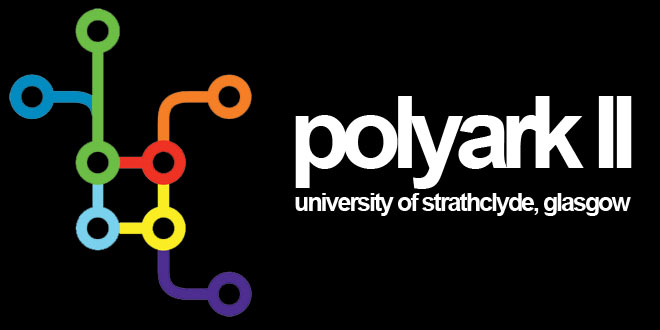


MATRIX summarizes the chosen key concepts from previous project to be explored. Mindmap is drawn to transpose these initial IDEAS into site context. 3 aspects were prominent: Regeneration [: The site was simply disused : Transits to be viewed as places vs nodes (ref t.o.d. theories) :]; Sound Acoustics [: Sound can be viewed as a representation of mobility : Site response is in the sound- in the rhythms of the trains, the absence of car traffic noise, etc : Sound/acoustics to be used as strategy :]; Layers [: Layers formed by various modes of transportation as seen in Glasgow site model/analysis : Layers potentially informs the design form: above ground, ground level, tunnels, etc :]. What is the potential of sound as STRATEGY ? All things related to sound was investigated resulting in a split in the approach to the research: 1. Sound as acoustics [Can silence be a form of sound?]; 2. Sound as graph [Glasgow site and Birmingham site depicted in a 'Soundscape'?].













